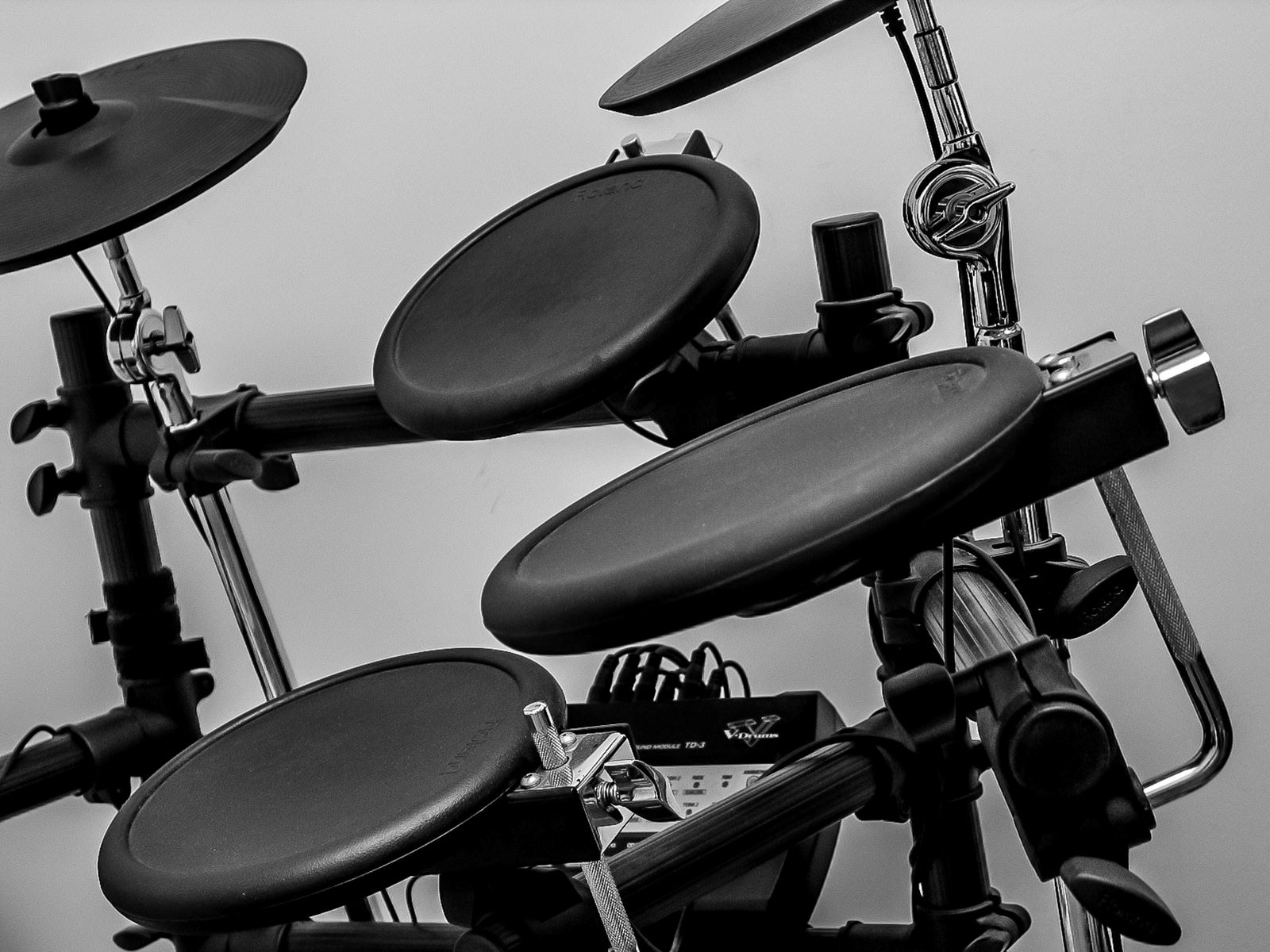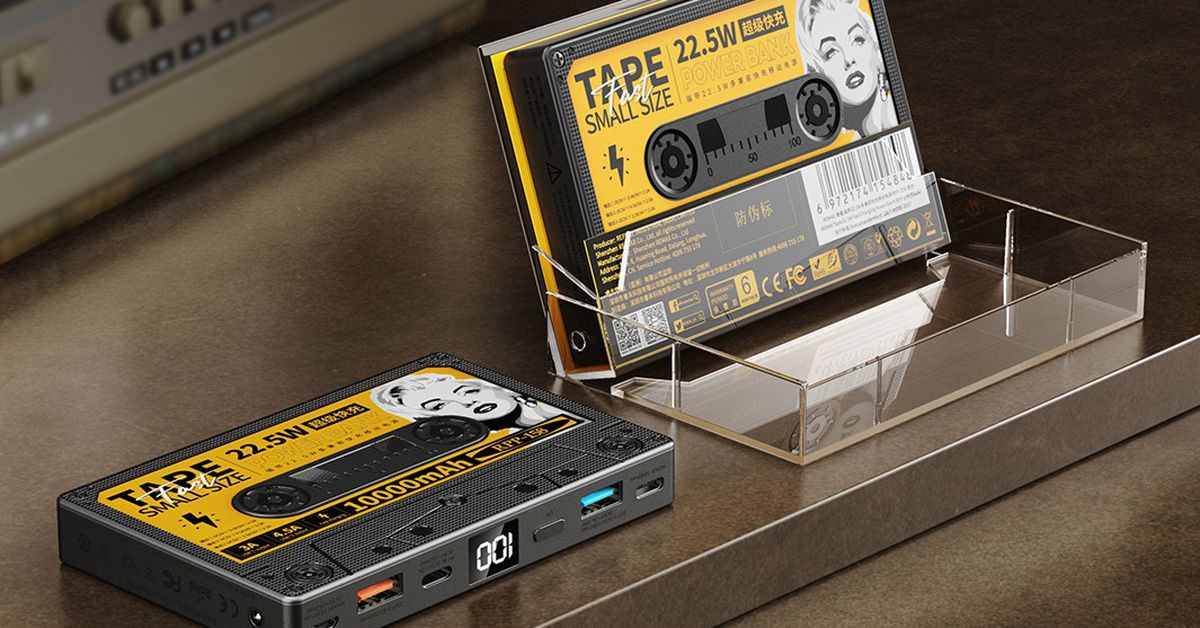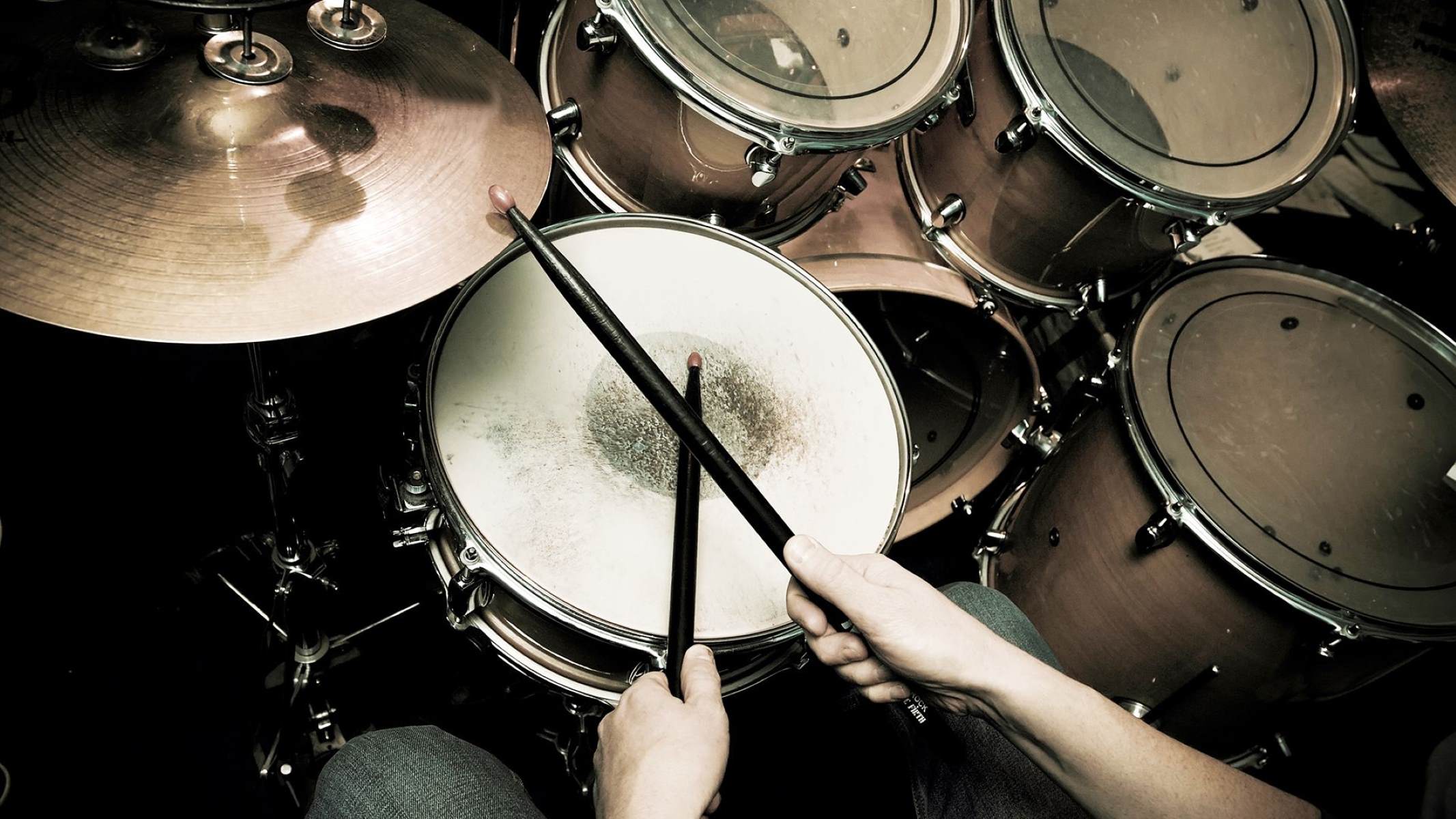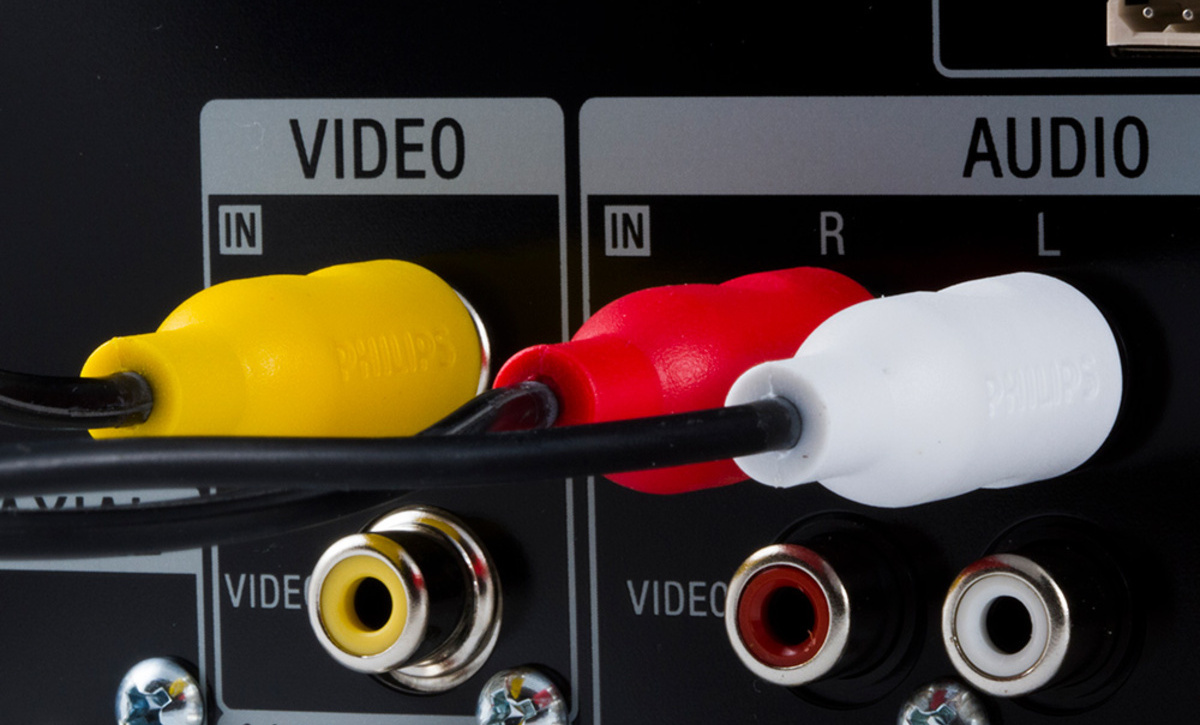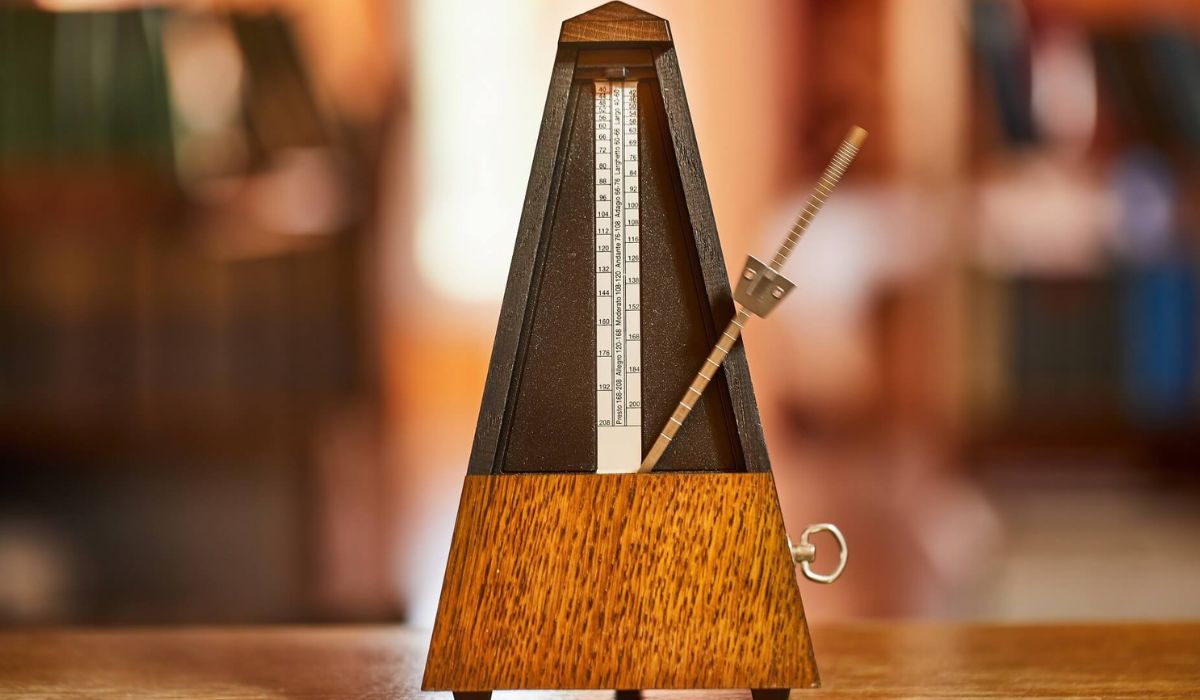Home>Instruments>Drums>Why Do Drummers Put Tape On Their Drums
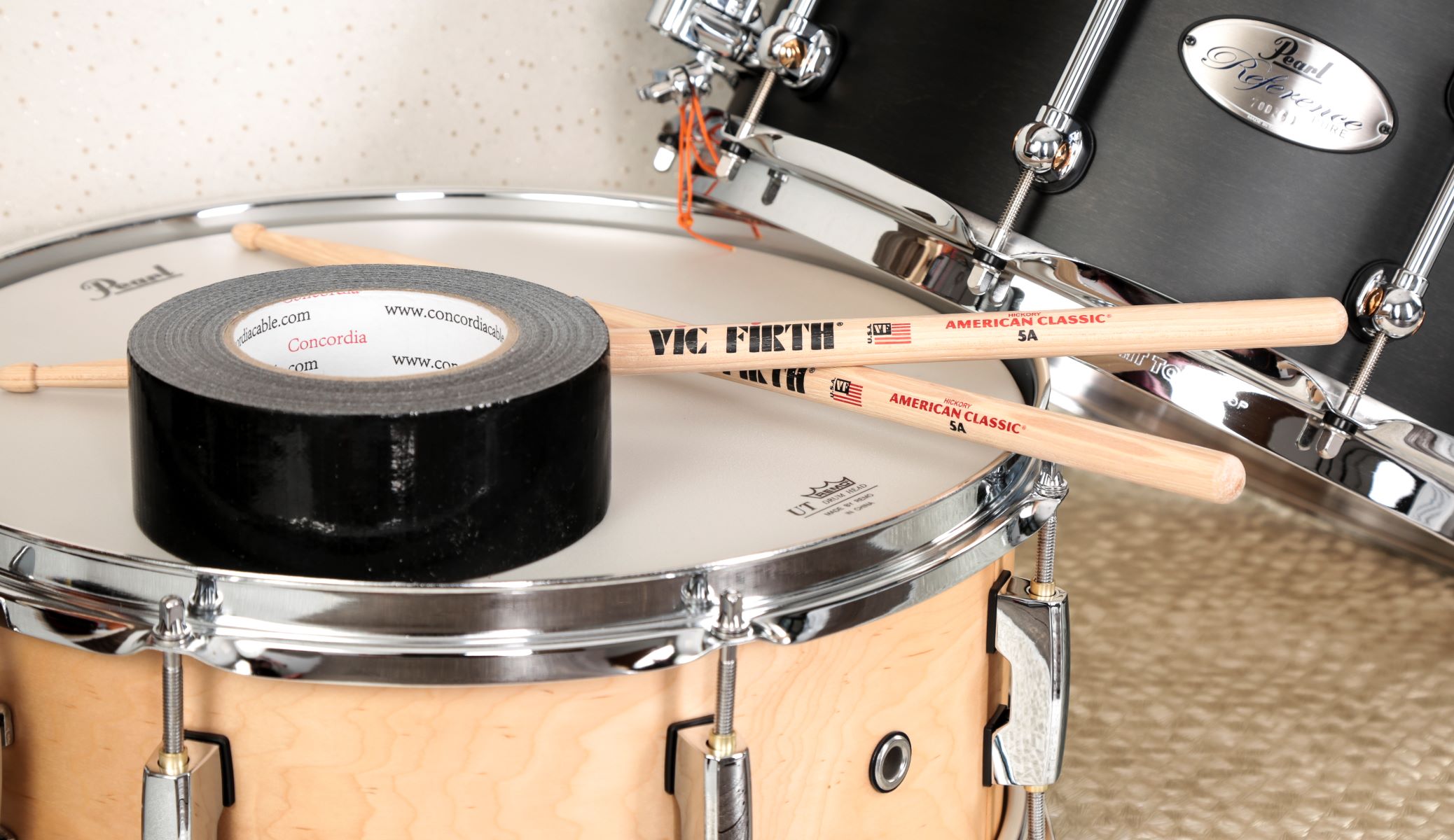

Drums
Why Do Drummers Put Tape On Their Drums
Published: February 7, 2024
Discover the reasons why drummers use tape on their drums and how it affects their sound. Learn about the benefits and techniques of using tape on drums. Explore the impact of drum tape on drumming performance and sound quality.
(Many of the links in this article redirect to a specific reviewed product. Your purchase of these products through affiliate links helps to generate commission for AudioLover.com, at no extra cost. Learn more)
Table of Contents
**
Introduction
**
Drummers are often seen meticulously tending to their drum kits, ensuring every component is in perfect harmony to produce the desired sound. A common practice among drummers is the application of tape to various parts of the drum kit. This seemingly simple act holds a deeper significance and plays a crucial role in shaping the sound and performance of the drums. Understanding why drummers put tape on their drums involves delving into the intricate world of percussion and the pursuit of sonic perfection.
The application of tape on drums is not merely a cosmetic endeavor; rather, it serves a specific purpose that can significantly impact the sound and playability of the instrument. From enhancing the durability of the drumheads to fine-tuning the resonance and dampening the overtones, the act of taping drums is an art form in itself. This article aims to explore the reasons behind this practice, the types of tape commonly used, the benefits it offers, and potential drawbacks that drummers should consider. By shedding light on these aspects, both seasoned drummers and enthusiasts can gain a deeper understanding of the significance of taping drums and its impact on the overall drumming experience.
The Purpose of Taping Drums
Drummers employ various techniques to modify the sound and playability of their drums, and taping is a fundamental method in this pursuit. The primary purpose of taping drums is to exert control over the drumheads’ resonance, sustain, and overall tonal characteristics. By strategically applying tape to specific areas of the drum kit, drummers can achieve a range of desired outcomes.
One of the key objectives of taping drums is to dampen the overtones, which are the subtle, lingering frequencies that can interfere with the clarity and definition of the drum sound. By strategically placing tape on the drumheads, particularly the snare and toms, drummers can effectively reduce the overtones, resulting in a more focused and articulate sound. This is especially beneficial in live performances and studio recordings, where a clean and controlled drum sound is essential.
Furthermore, taping drums can help enhance the durability of the drumheads, particularly in high-impact playing situations. The application of tape along the edges of the drumheads can provide reinforcement, reducing the risk of premature wear and tear. This is particularly advantageous for drummers who employ aggressive playing techniques or perform frequently, as it prolongs the lifespan of the drumheads and ensures consistent performance over time.
Another important purpose of taping drums is to fine-tune the resonance and sustain of the drums. By strategically layering tape on the drumheads, drummers can adjust the amount of damping, thereby customizing the decay of the drum sound to suit their preferences. This level of control over the drum’s sustain allows drummers to tailor the overall feel and response of the drums, contributing to a more personalized and expressive playing experience.
Moreover, taping drums can serve as a practical solution for mitigating unwanted buzzing or rattling noises that may occur due to sympathetic vibrations between drum components. By strategically applying tape to specific areas, such as tension rods or hardware mounts, drummers can effectively minimize these undesirable noises, resulting in a cleaner and more refined drum sound.
Ultimately, the purpose of taping drums is rooted in the pursuit of sonic refinement and customization. It empowers drummers to exert precise control over the tonal characteristics, durability, and overall performance of their drum kits, ultimately contributing to a more satisfying and tailored playing experience.
Types of Tape Used
When it comes to taping drums, drummers have a variety of tape options at their disposal, each offering unique characteristics that cater to specific needs and preferences. The choice of tape can significantly influence the sound, durability, and overall performance of the drum kit. Understanding the different types of tape used in this context is essential for drummers seeking to optimize their drumming experience.
One of the most commonly used tapes for drum applications is gaffer tape, renowned for its strength, durability, and residue-free adhesive properties. Gaffer tape is favored for its ability to effectively dampen overtones and provide reinforcement to drumheads without leaving behind sticky residues that could affect the drumheads’ integrity. Its matte finish also ensures minimal light reflection, making it a discreet yet reliable choice for taping drums in live performance settings.
Another popular option is electrical tape, known for its flexibility and ease of application. Electrical tape is often used to secure cables and wiring, but it has found its way into the realm of drumming due to its malleability and ability to conform to the contours of drumheads and hardware. Drummers often utilize electrical tape to address minor rattling or buzzing issues, as it can be precisely applied to targeted areas without impeding the drum’s resonance.
Cloth tape, commonly used in the medical and sports industries for its adhesive and supportive properties, has also found its place in the world of drumming. Drummers appreciate cloth tape for its ability to provide cushioning and reinforcement to drumheads, particularly in high-impact playing situations. Its fabric-like texture offers a balance of resilience and pliability, making it a versatile choice for addressing various drum-related needs.
Furthermore, specialized drummers’ tape, specifically designed for drumming applications, has gained popularity for its tailored features. This type of tape is engineered to deliver optimal adhesion and dampening properties while withstanding the rigors of extended play. Drummers’ tape often comes in pre-cut strips or rolls, making it convenient for quick and precise application, and it is available in varying degrees of thickness to accommodate different tonal preferences.
Ultimately, the choice of tape is a highly personal decision for drummers, influenced by their playing style, musical genre, and tonal objectives. Experimenting with different types of tape can provide valuable insights into the nuanced ways in which tape selection can impact the sound and performance of the drum kit, empowering drummers to refine their sonic signature and elevate their playing experience.
Benefits of Taping Drums
Taping drums offers a myriad of benefits that significantly contribute to the overall playability, sound quality, and durability of the drum kit. From shaping the tonal characteristics to enhancing the drumheads’ longevity, the practice of taping drums yields tangible advantages for drummers seeking to optimize their instrument’s performance.
One of the primary benefits of taping drums is the ability to exert precise control over the drumheads’ resonance and sustain. By strategically applying tape to the drumheads, drummers can tailor the decay of the drum sound, resulting in a more focused and articulate tonal response. This level of customization empowers drummers to sculpt their desired sound, whether it’s a tight, punchy attack or a more open and resonant quality, enhancing their expressive capabilities behind the kit.
Furthermore, taping drums can effectively mitigate unwanted overtones, providing a cleaner and more defined sound. This is particularly advantageous in live performance scenarios and studio recordings, where clarity and precision are paramount. By reducing overtones, drummers can achieve a more balanced and controlled drum sound, allowing each strike to resonate with clarity and impact.
Another notable benefit of taping drums is the reinforcement it provides to the drumheads, particularly in high-impact playing situations. The application of tape along the edges of the drumheads can enhance their durability, minimizing the risk of premature wear and tear. This not only extends the lifespan of the drumheads but also ensures consistent performance, making it an invaluable asset for drummers who demand reliability and longevity from their instrument.
Moreover, taping drums can address mechanical issues such as buzzing or rattling noises caused by sympathetic vibrations between drum components. By strategically applying tape to specific areas prone to such disturbances, drummers can effectively dampen these unwanted noises, resulting in a cleaner and more controlled drum sound. This contributes to a more professional and polished performance, enhancing the overall sonic experience for both the drummer and the audience.
Additionally, the act of taping drums allows drummers to adapt their instrument to different playing environments and musical contexts. Whether performing in acoustically challenging venues or adjusting to specific genre requirements, the ability to customize the drum sound through taping provides a versatile solution for achieving optimal sonic results in diverse settings.
Ultimately, the benefits of taping drums extend beyond mere technical adjustments; they encapsulate the essence of sonic artistry and personalized instrument optimization. By harnessing the advantages of taping drums, drummers can unlock new dimensions of creativity and sonic refinement, enriching their musical journey and elevating their drumming prowess.
Potential Drawbacks of Taping Drums
While taping drums offers a range of benefits, it is important for drummers to be mindful of potential drawbacks associated with this practice. Understanding the limitations and considerations related to taping drums is essential for making informed decisions and optimizing the overall performance and longevity of the drum kit.
One potential drawback of taping drums is the risk of over-dampening the drumheads, which can result in a loss of natural resonance and character. Excessive or indiscriminate application of tape can stifle the drum’s tonal response, leading to a muffled or lifeless sound. This can detract from the instrument’s expressiveness and musicality, particularly in dynamic playing situations where nuanced tonal variations are essential.
Furthermore, the adhesive residue left behind by certain types of tape, especially when applied for extended periods, can affect the integrity of the drumheads. Residue buildup can alter the surface tension of the drumheads, leading to inconsistencies in tone and responsiveness. Additionally, residue accumulation may necessitate more frequent cleaning and maintenance of the drumheads, potentially impacting the overall upkeep of the drum kit.
Another consideration is the potential aesthetic impact of taping drums. While the primary focus of taping is on sonic optimization, the visual appearance of the drum kit should also be taken into account. Excessive or haphazard taping can detract from the instrument’s aesthetic appeal, especially in stage performances where the visual presentation is an integral part of the overall experience. Careful consideration of tape placement and its visual impact is essential to maintain a balance between functionality and aesthetics.
Additionally, the process of removing tape from drumheads and hardware components can be time-consuming and may leave behind adhesive residues that require thorough cleaning. This maintenance aspect should be factored into the overall drum care routine, as neglecting the removal of old or worn-out tape can lead to diminished performance and potential damage to the drum surfaces.
Moreover, the use of certain types of tape, particularly those with strong adhesives, may pose a risk of damaging the drumheads or hardware finishes upon removal. It is crucial for drummers to select tape that strikes a balance between adhesion and removability to minimize the potential for surface damage and preserve the integrity of the drum kit.
Ultimately, while taping drums offers valuable sonic and practical benefits, drummers should approach this practice thoughtfully, considering the potential drawbacks and taking proactive measures to mitigate any adverse effects. By exercising care and discretion in the application and removal of tape, drummers can harness its advantages while safeguarding the long-term integrity and performance of their beloved instrument.
Conclusion
The practice of taping drums is a nuanced and multifaceted aspect of drumming that holds significant implications for the sound, playability, and longevity of the drum kit. From shaping tonal characteristics to addressing mechanical issues, taping drums empowers drummers to exert precise control over their instrument, ultimately enhancing their expressive capabilities and sonic artistry.
By understanding the purpose of taping drums, the types of tape available, and the associated benefits and potential drawbacks, drummers can make informed decisions that align with their musical objectives and playing preferences. Taping drums is not merely a functional necessity but a form of sonic artistry, allowing drummers to sculpt their desired sound and optimize their instrument’s performance to suit diverse playing environments and musical contexts.
It is essential for drummers to approach the practice of taping drums with a balanced perspective, considering both the sonic implications and practical considerations. While taping drums offers valuable benefits such as tonal refinement, durability enhancement, and mechanical problem-solving, drummers should remain mindful of potential drawbacks such as over-dampening, adhesive residue, and aesthetic impact. By exercising care, discretion, and a nuanced understanding of tape selection and application, drummers can harness the advantages of taping drums while safeguarding the integrity and longevity of their instrument.
In essence, taping drums is a testament to the meticulous craftsmanship and sonic artistry that underpin the world of drumming. It exemplifies the marriage of technical precision and creative expression, allowing drummers to shape their sonic identity and elevate their musical performance. Through the thoughtful and purposeful application of tape, drummers can embark on a journey of sonic exploration, continually refining and customizing their instrument to realize their artistic vision.
Ultimately, taping drums transcends its functional role to become an integral part of the drumming experience, embodying the fusion of art and engineering that defines the drummer’s pursuit of sonic excellence.

